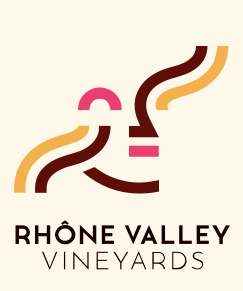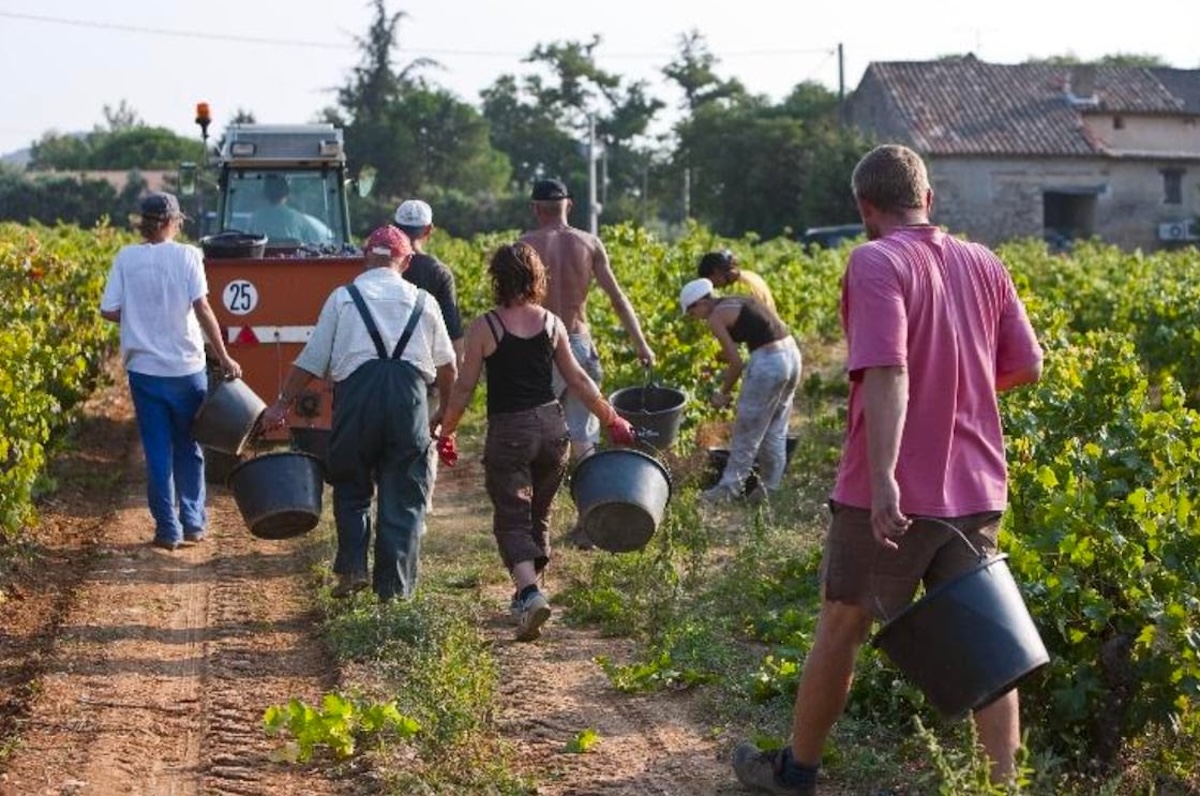START OF THE GRAPE HARVEST IN THE RHÔNE VALLEY: AN EARLY VINTAGE, MARKED BY CLIMATIC CONTRASTS AND PROMISING QUALITY
Early, promising and concentrated, the 2025 harvest of France’s second largest AOC vineyard has officially begun, more than ten days earlier than in 2024.
The harvest is being driven by favorable health conditions, particularly well preserved acidity levels and a vineyard that, despite contrasting weather conditions, has shown remarkable resilience. This result promises a high-quality vintage, in line with the best recent ones. According to Philippe PELLATON, President of Inter Rhône: “With this early, high-quality and balanced vintage, we are in an ideal position to manage the harvest and produce fine wines for 2025.”
EXCEPTIONAL WEATHER CONDITIONS
Marked by regular and abundant rainfall, the autumn–winter of 2024–2025 saw the soil fully recharged, a rare and favourable situation after several dry years. The mild winter, despite some cold episodes, slightly slowed down the vine cycle and prevented budburst from occurring too early. Spring and early summer then saw generally high temperatures, sometimes above normal, with a few episodes of mistral wind. That said, it is worth noting that the initial water status of the soil was good.
After alternating periods of drought and localised storms in July, the Vaucluse and Gard departments in particular suffered water stress in August, sometimes requiring the irrigation of plots in certain AOPs.
A VINE CYCLE MARKED BY CONTRASTS
A mild and sometimes wet winter slightly delayed budburst compared to 2024, but it ultimately occurred within the average range for recent years.
The summer, alternating between favourable conditions and periods of intense heat, accelerated the ripening of the berries, which were two weeks ahead of 2024, confirming the exceptional precocity of this vintage. Veraison appeared in early August in the earliest areas of the northern Rhône Valley. Phenological stages were already well underway by the end of July in the southern part. In the Clairette de Die and Diois AOC area, the first veraison berries were spotted on Muscat (the region’s earliest grape variety) in mid-July!
FAVOURABLE HEALTH CONDITIONS
Confronted with sometimes extreme weather conditions, operators in the Rhône Valley vineyards gave additional attention and expertise to ensure the vines were in the best possible condition for the start of the harvest.
In general, mildew was contained with a few late outbreaks, but the risk appears to be low at veraison. Protection against powdery mildew, with regular occurrences at the end of the cycle until the bunches closed, was crucial. Protection against black rot, which appeared late on the bunches, was also important. The season also saw pressure from vine moths, particularly cryptoblabes, which was generally kept under control. Ongoing vineyard observations on flavescence dorée demonstrate the importance of collective monitoring.
A PROMISING VINTAGE
Early to very early, the harvest of aromatic whites is therefore taking place these days. Their rapid ripening with rising alcohol levels (+2% vol. in one week at the beginning of August) is combined with remarkably high acidity levels, comparable to the highest benchmarks (as in 2021). The small berries expected on certain grape varieties ensure a beautiful aromatic concentration.
For reds, harvesting should follow quickly, with ripening accelerated by the August heat. Water stress, which may slightly reduce berry size, will not prevent the vineyard from remaining in good physiological condition. The acidity still present will likely result in ‘fresh’ wine profiles.
Overall, the very favourable sugar/acidity balance indicates promising potential for the 2025 wines, a vintage that could remind of 2017, 2020 or 2022 (particularly early and high-quality years). The volume remains uncertain, but the rather modest size of the berries in several areas could lead to a lower yield than in 2024, offset by high aromatic quality and concentration.



